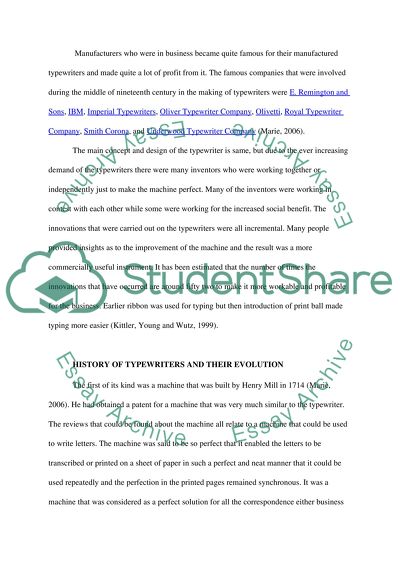Cite this document
(History of Typewriters and Their Evolution Research Paper, n.d.)
History of Typewriters and Their Evolution Research Paper. Retrieved from https://studentshare.org/technology/1475020-typewriter
History of Typewriters and Their Evolution Research Paper. Retrieved from https://studentshare.org/technology/1475020-typewriter
(History of Typewriters and Their Evolution Research Paper)
History of Typewriters and Their Evolution Research Paper. https://studentshare.org/technology/1475020-typewriter.
History of Typewriters and Their Evolution Research Paper. https://studentshare.org/technology/1475020-typewriter.
“History of Typewriters and Their Evolution Research Paper”, n.d. https://studentshare.org/technology/1475020-typewriter.


